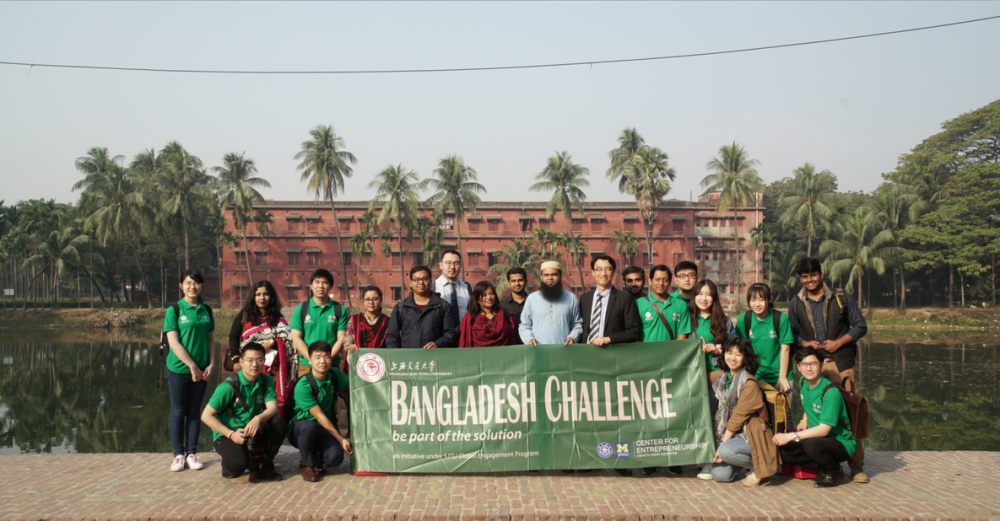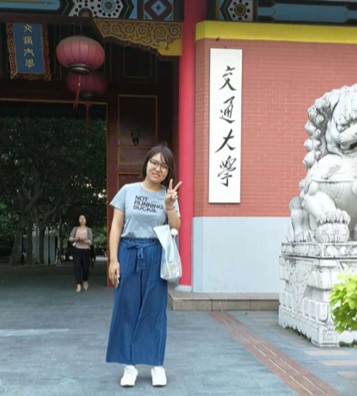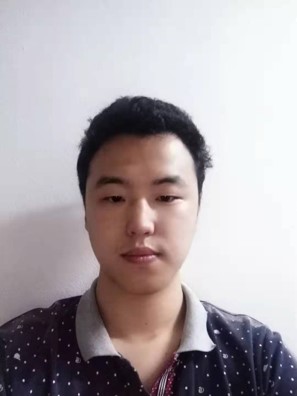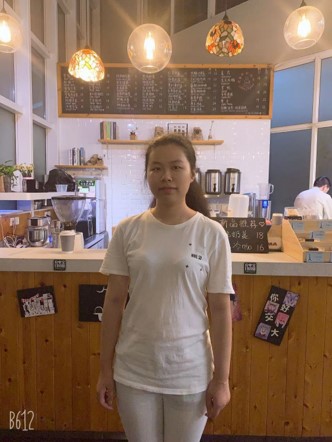Global Seed
Global Multidisciplinary Design Project
<!–
Background
Bangladesh has a long coastline and most people drink groundwater from a tube well because of their economic situation. The groundwater in the coastal areas always has greater water salinity, which will cause health problems among the local people. To analyze the health problems brought by the water salinity, the researchers from icddr,b (International Centre for Diarrheal Disease Research, Bangladesh) in Chakaria want to measure the water salinity of the drinking water in coastal villages for a long term and then analyze the data gathered. To help with their research, we have to design a groundwater salinity monitoring system with a salinity meter which meets the accuracy needed by icddr,b as well as containing the function of transmitting data to researchers elsewhere. Before we start working on the project, we did a literature research on current salinity meters available on market. We found out that there were mainly three types of salinity meter available on market: the floating one, the refraction one, and the conductivity one. The most accurate and commonly used one for measuring the salinity for sea water is conductivity salinity meter. Therefore, we primarily plan to adapt the conductivity salinity meter in our project. To better design our device, we worked on the QFD for the project, which contains 9 customer requirements and 10 corresponding engineering specification. We also made a Gantt Chart to better carry out the project. The project is separated into three parts: salinity meter modification, Android APP development, and online database development. There are four main milestones in the project, the first one is design review I, the second one is design review II, the third one is Nov. 12th when the three separate parts are finished, and the last one is the design expo.
–>
Background
The people of Bangladesh used to drink surface water. The surface water always carries much bacteria which can cause life-threatening diseases. Since independence in 1971, many tube wells were installed to improve the quality of the drinking water. Compared to the surface water, the groundwater was much cleaner and caused less diseases. Nowadays, most area of Bangladesh uses tap water as drinking water, which is much safer than the groundwater. By 2013, 87% of Bangladeshis drink from improved sources of water, but the reality for those living in coastal areas is quite different. People who lives in the coastal areas of Bangladesh is still using the tube wells to get drinking water.
Aims
- Modify salinity meters to record and store the data of salinity water.
- Develop android APP which can transfer data from salinity meter to moblie phone by bluetooth.
- Develop online database which can show our achievements and provide data download.
- A documentary on business and technology for social purpose; A video report, describing specific problems to be solved.
Partners
We will work with practitioners of sustainable development such as governmental and nongovernmental organizations and social businesses in Bangladesh. There are seven main partners and we have specific objectives for each partner.
International Centre for Diarrhoeal Disease Research, Bangladesh(ICDDR,B) has been carrying out high-quality research and promoting the uptake of evidence-based interventions for more than 50 years. It hopes a world in which more people survive and enjoy healthy lives and aims to solve public health problems through innovative scientific research.
Download to see our objectives:International Centre for Diarrhoeal Disease Research, Bangladesh
Click to know more:https://www.icddrb.org/
The University of Dhaka, also known as Dhaka University or simply DU, is the oldest university in modern Bangladesh. The university is ranked number one on the Bangladesh University Ranking 2017.Established in 1921 during the British Raj, it has made significant contributions to the modern history of Bangladesh. After the Partition of India, it became the focal point of progressive and democratic movements in Pakistan. Its students and teachers played a central role in the rise of Bengali nationalism and the independence of Bangladesh.
Download to see our objectives: Dhaka University
Click to know more:http://www.du.ac.bd/
Meet Our Team
<!–
Both Field Trip and non-Field Trip join together in weekly meetings for training and preparation from November 2019. We will continue to meet after our field trip to prepare for the reports, proposals and documentary film.
–>

Kwee-Yan Teh
Assoc. Teaching Professor, UM-SJTU Joint Institute
Click to know more:
http://umji.sjtu.edu.cn/faculty/kwee-yan-teh/
Members who are not in the field trip while still have great contributions
| Name | Majors |
|---|---|
| Andy Hsiao | Electrical Engineering |
Regular Meetings

Both Field Trip and non-Field Trip join together in weekly meetings for training and preparation from November 2019. We will continue to meet after our field trip to prepare for the reports, proposals and documentary film
Data of Salinity
Data visualization: Newest Data
Download the data: Download
<!–
Field Trip
–><!–
| Date | Activities |
|---|---|
| 2019.01.25-26 | In Thailand: Asian Institute of Technology AIT Solution Bangkoknoi Healthcare |
| 2019.01.27-31 | In Bangladesh: University of Dhaka Rural Development Academy ICDDR,B Grameen Shakti Grameen Communications Yunus Center |
–>
<![CDATA[window.jQuery || document.write('’)]]><






